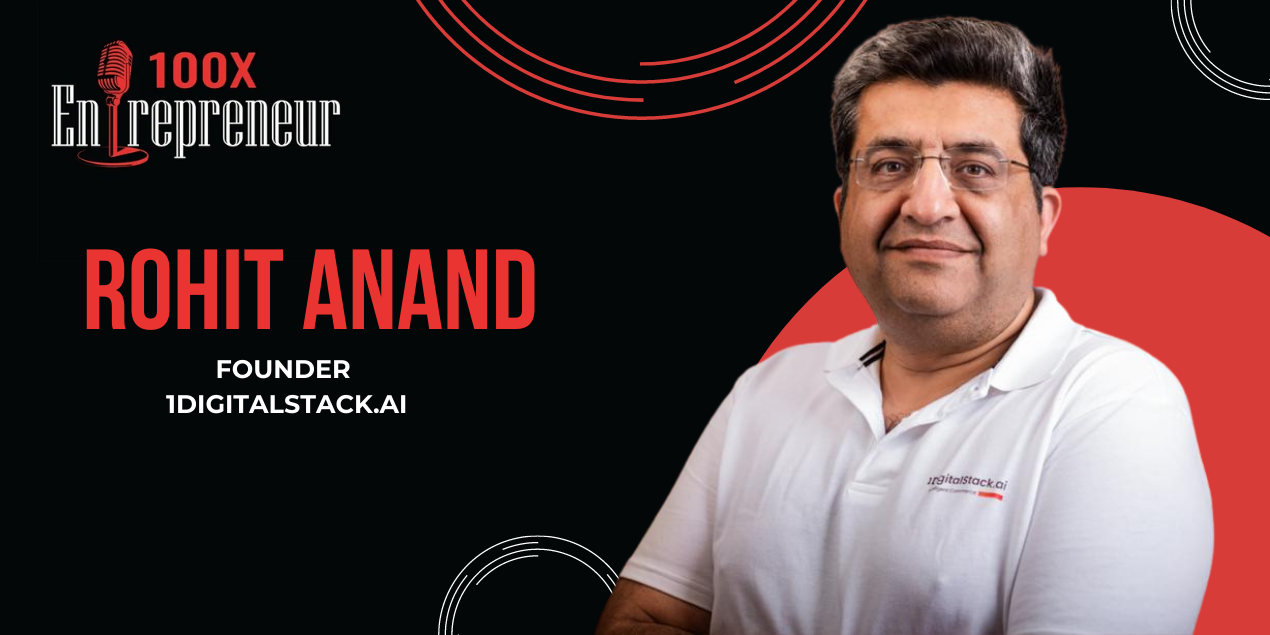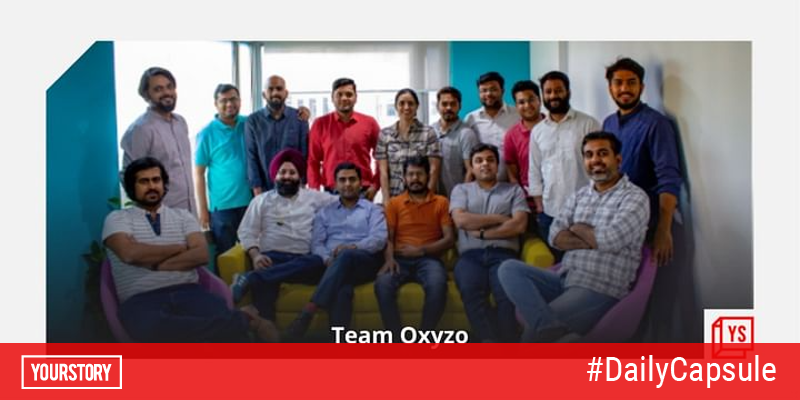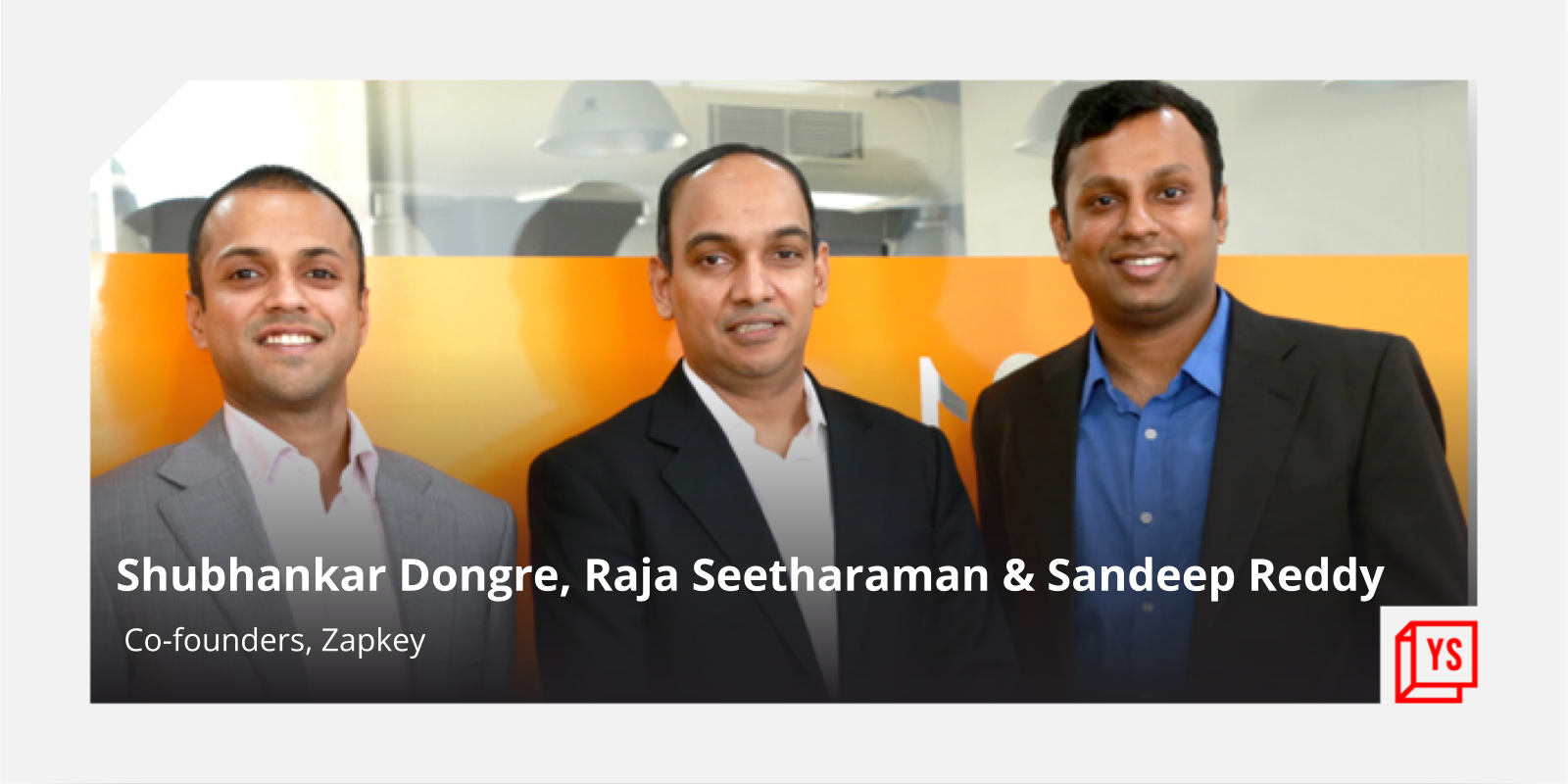Manesh Patel, CIO, Sanmina: “We are still at the very early stages of the Cloud revolution
Saturday November 06, 2010 , 5 min Read

Nasscom Product Conclave special
Manesh Patel is the CIO and Senior Vice President at Sanmina-SCI, a leading electronics contract manufacturer serving the fastest-growing segments of the global electronics manufacturing services (EMS) market. Manesh is responsible for the global information technology team that supports all aspects of Sanmina-SCI’s operations. He is going to be a speaker at the NASSCOM Product Conclave 2010.
Sanmina achieved a savings of $2 million in annual expenditure by moving to GoogleApps for Cloud-based email, messaging, and chat services. Following its success, now Manesh has turned an evangelizer of Cloud. He shares his perspective and what he is looking for at the Product Conclave with Venkatesh Krishnamoorthy, chief evangelist, YourStory.

YourStory: At the outset, thank you for talking to YourStory. What’s your agenda at the NASSCOM Product Conclave 2010 as a speaker?
Manesh Patel: My agenda is to evangelize innovation in IT organizations, especially around Cloud. Additionally, I would like to better understand the exciting new companies in India and their creative products. Hopefully, I can provide some perspective and guidance as a large global potential customer.
YS: Sanmina has made that move of going to Google Apps and you have estimated $2 million savings in annual operating expenditure as a result. Can you give us a brief account of how did this happen? When did you see the need for this and how did you finally make the move?<
Manesh Patel: We started our Google Apps effort as an R&D effort over two years ago. It began with a review of our TCO (Total Cost of Ownership) for our messaging environment and options to reduce cost and improve long-term capability and flexibility. Google Apps was one of the options. We progressed through the R&D phase into multiple pilots. At each step, we validated that the solution would be a fit in our environment from a functionality, integration, security and supportabiity standpoint. Another aspect of the pilots was to develop our capacity to do a large scale deployment relatively quickly. We were successful and our final global deployment took three months.
YS: How were you able to get the “buy-in” from Sanmina on moving to Google Apps? What trick did you use to convince them at the top?
Manesh Patel: There was no trick - buy-in was about making the business case and addressing understandable questions for a new technology primarily around security and privacy. The primary driver for the business case was near-term cost savings, but we also had two other strategic objectives - a. Improving flexibility - in terms of technology, cost model and organizational, - b. Enhancing employee productivity for the foreseeable future based on the rapidly growing capabilities of Google Apps with minimal IT involvement.
YS: What were the significant benefits that users felt on moving to Google Apps apart from, of course, cost savings?
Manesh Patel: Our focus for the initial deployment was to provide an equivalent capability to our legacy solution for email, calendaring and contacts. Since this was a new technology platform with innovative design features, there were some gaps. Minimizing or mitigating the gaps and providing a smooth transition process was important to us. The biggest initial benefit was the 25GB email capacity per person. Many of our employees were spending significant amounts of time managing the 100 to 200MB limit we had previously. Finding messages quickly through search was also a quick win. We expect greater benefits as employees use the other apps and new capabilities are delivered.
YS: Security and cloud -- the two still have lingering doubts on the minds of the user. What are your thoughts on protecting your privacy on cloud?
Manesh Patel: As one would expect, we spent a lot of time reviewing security and privacy. We went in with a view that we had very good internal security and how could an external provider measure up. At the end, we concluded that Google provided a higher overall level of security than we could provide, especially when taking into account the growing list of emerging threats.
YS: For manufacturing contract company like yours that has operations spread across globally, what are the other possibilities on cloud and how do you see the future for cloud from a manufacturing sector perspective?
Manesh Patel: Many of the services provided by our IT organization are consistent with other companies across industries. Some are specific to manufacturing. I believe that we are still at the very early stages of the Cloud revolution. This makes it hard to develop a robust strategy at least in the near term. Our approach is to be opportunistic. Where we have a need and there is an innovative solution that provides value, we will explore it. I feel that Cloud will play a bigger role for all types of companies and industries moving forward. There are a number of architectural, standards and policy issues that need to be overcome but the potential is significant and yet to be fully understood.
YS: Final word...
Manesh Patel: Cloud can cause some anxiety, but in reality can be an easier adoption curve than other technologies. Most providers have the option of starting small with limited cost and risk. Contrast this with the big bets that IT organizations have historically made with all of the up front due diligence effort and risks. Making the business case is no different than what we do for other investments.






![[Startup Bharat] Y Combinator-backed BeWell Digital is enabling the digital transformation of radiologists](https://images.yourstory.com/cs/2/40d66ae0f37111eb854989d40ab39087/ImagesFrames31-1648033042143.png)


